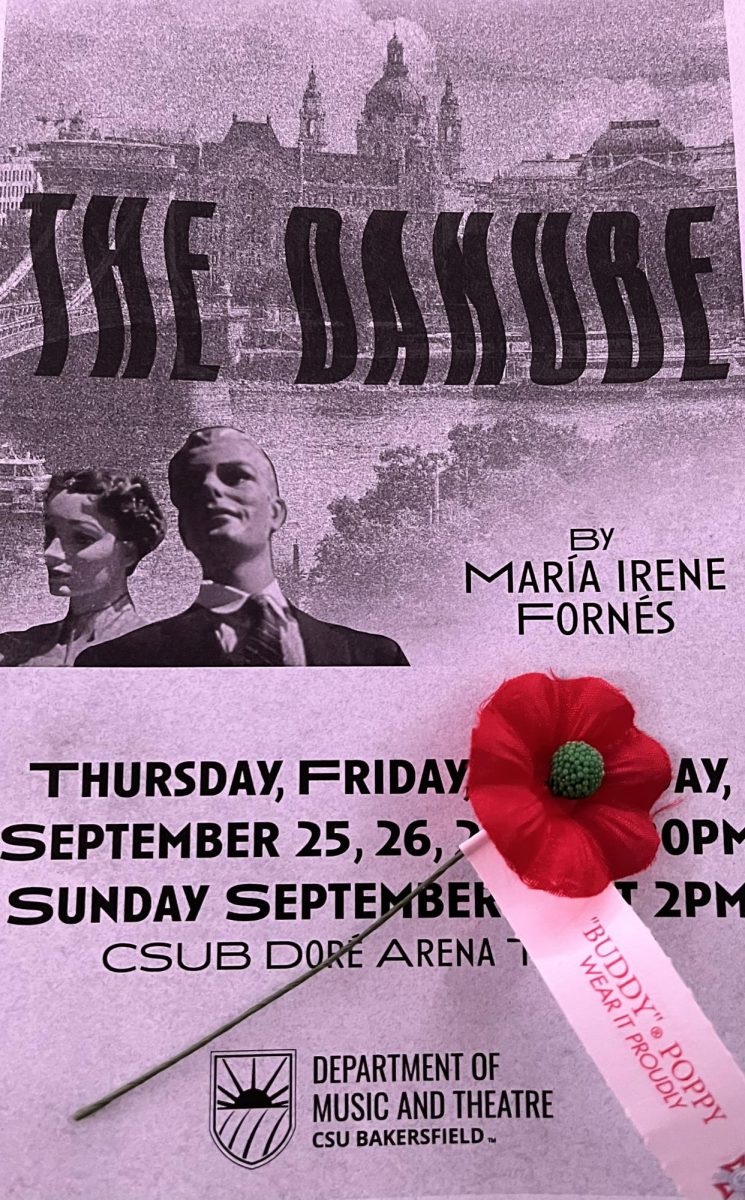By Josh Bennett
Editor-in-Chief
This winter, when you head down to the Icardo Center and check out a CSU Bakersfield men’s basketball game, it might seem more fast-paced, quicker, higher-scoring, and you’ll leave the arena at a much more manageable time.
The NCAA is proposing a collection of rule changes that promise to speed up games and provide more action and excitement on the court. Here are some of the rules that are being proposed for next season.
30-second shot clock
This is the biggest proposed change within the bunch and will guarantee play to speed up and force teams to develop plays faster than before. It will also invite more scoring in games due to the fact that teams will have more possessions.
This will directly affect the style of play and tempo the ’Runners are accustomed to. The ’Runners are known to be a slow-tempo team, spending the majority of the shot clock to develop their play or pass the ball around to look for the open shot. This is proven by college basketball statistician Ken Pomeroy, on his college basketball statistics website kenpom.com, which lists CSUB towards the bottom of the nation with 61.0 possessions per 40 minutes, a statistic they call adjusted tempo. The elimination of those five seconds might not seem important, but it means that teams will have to speed up their plays, especially slow-playing teams like the ’Runners.
Teams will gain more possessions, giving them more opportunities to score. It will be interesting to see how head coach Rod Barnes adjusts his game plan to match the new required faster tempo the NCAA is proposing. Some of the other rules proposed in this package will accompany the shortened shot clock to ensure games are shorter and faster.
Teams also only have a maximum of three timeouts in the second half, which most coaches stockpile for the final minutes anyways, which will speed up the usually slow conclusions of games.
Restricted area arc increased to four feet
The restricted area arc is the half-circle that rests in front of each basket and helps officials determine if a charge or blocking foul happens when a defensive player slides under the basket and takes the charge from the driving offensive player. If the defensive player is within the arc, it is a defensive blocking foul. But if it happens outside of the arc, it is an offensive charging foul. Moving the arc out from three feet to four feet under the basket will decrease these calls and give referees a better view and more room to make these calls when they happen.
When it was tested out in this year’s NIT tournament, the number of blocking and charging calls dropped by nearly a full call to an average of 1.96 a game, according to the NCAA’s press release on these new rules. Blocking and charging calls are very close calls that usually can go either way, plus they are huge momentum changers for whatever team that gets the call, so to see this happen and see the number of calls reduce and give officials more room to make the right call will help the game out tremendously.
Five-second closely guarded rule eliminated
Unfortunately, not all of the proposed changes are good, as this change takes college basketball back a couple of steps. The closely guarded rule states that a dribbler can dribble in front of a defender for up to five seconds or it’s a turnover.
It promoted tight defense and discouraged players from holding the ball for a full possession and, essentially, waste time. The purpose of most of these rules is to promote scoring and fast play, but this will just encourage players and coaches to hang onto the ball and dribble for the majority of the possession and slow down the fast pace the NCAA seems to want from the other rules.
This rule change makes no sense, discourages any face-to-face defense from happening at all and is the lone mistake in a list of good and progressive rule changes. If this were to pass, I expect it to not last very long and the closely guarded rule will eventually return to college basketball.




